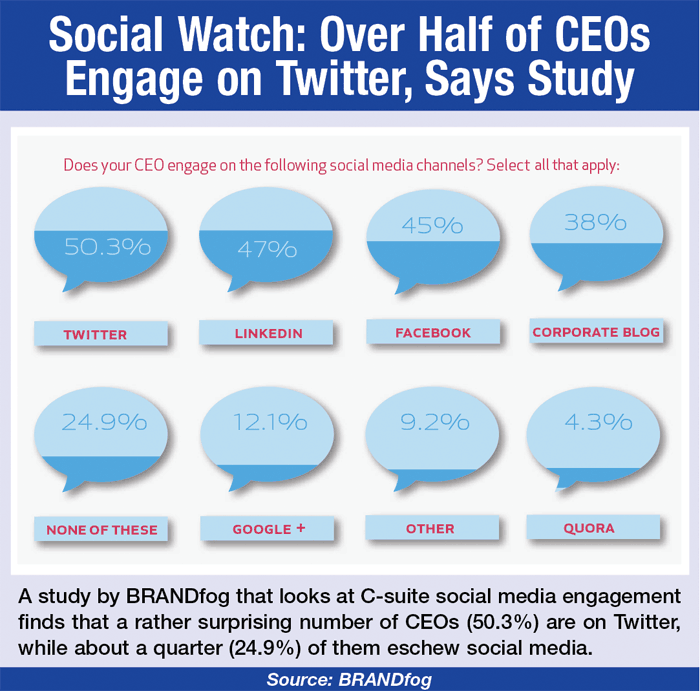 |
â–¶ Financial Journalist Power Rankings: With five journalists in the top 10, The New York Times dominates the rankings of the most influential U.S. financial journalists, according to the 2012 Gorkana Survey of Financial Journalists. Andrew Ross Sorkin, columnist for The New York Times and CNBC co-host, is perceived as being the most influential U.S. financial journalist today. Gretchen Morgenson of the Times is perceived as the second-most influential journalist, while Michael Lewis, author of a long list of best-sellers, most recently Boomerang: Travels in the New Third World and The Big Short: Inside the Doomsday Machine, takes the third slot. The highest rated Web-only journalist is Felix Salmon, the widely read blogging editor for Reuters.
The Wall Street Journal is considered by financial journalists to be the most influential financial news outlet in the U.S. today. Close on the heels of the WSJ is fast-expanding Bloomberg News, followed by the The New York Times, Reuters and Financial Times. Other interesting findings from the survey include:
• The journalists were also asked to name the most respected financial institution PR professionals; Pen Pendleton of Morgan Stanley took that top slot.
• The journalists surveyed also assign the most credibility to information provided by a company CEO.
• Journalists are somewhat more negative on the financial services sector, with 44.4% negative on the sector and 40.4% neutral.
Source: Gorkana
â–¶ Women Influenced by Blogs: The fifth annual Women and Social Media Study from BlogHer reveals a deeper trust between blog communities and their active readers, versus other leading social media outlets, with the highest rate of conversion to purchasing action among active blog users.
Among the key findings of the study: Women use social tools for different reasons—77% use Facebook purely for fun and 87% turn to Facebook to stay updated on family. Meanwhile, when it comes to blogs, 41% of women look to learn about new products and 39% seek out product recommendations, while 36% use blogs to make purchase decisions. In fact, more than 61% of active blog readers have made purchases based on a blog recommendation—almost double the rate of active users on Facebook and Twitter (33% and 31%, respectively). More findings from the study include:
• Women turn to online information sources at critical points in their purchase process, both as a first stop (35%) and after they’ve narrowed their choices (42%).
• Blog reading correlates strongly with seeking online information during the purchasing process, with more than 90% of the BlogHer community and 80% of the general blog readers turning to online and social sources, versus only 60% of the general population.
• The BlogHer community continues to embrace emerging platforms, with very strong adoption of new tools like Instagram (43%) and Pinterest (77%) versus the general population (11% and 19%, respectively).
Source: BlogHer
